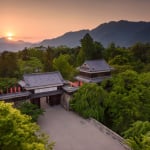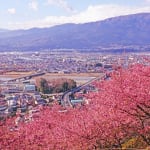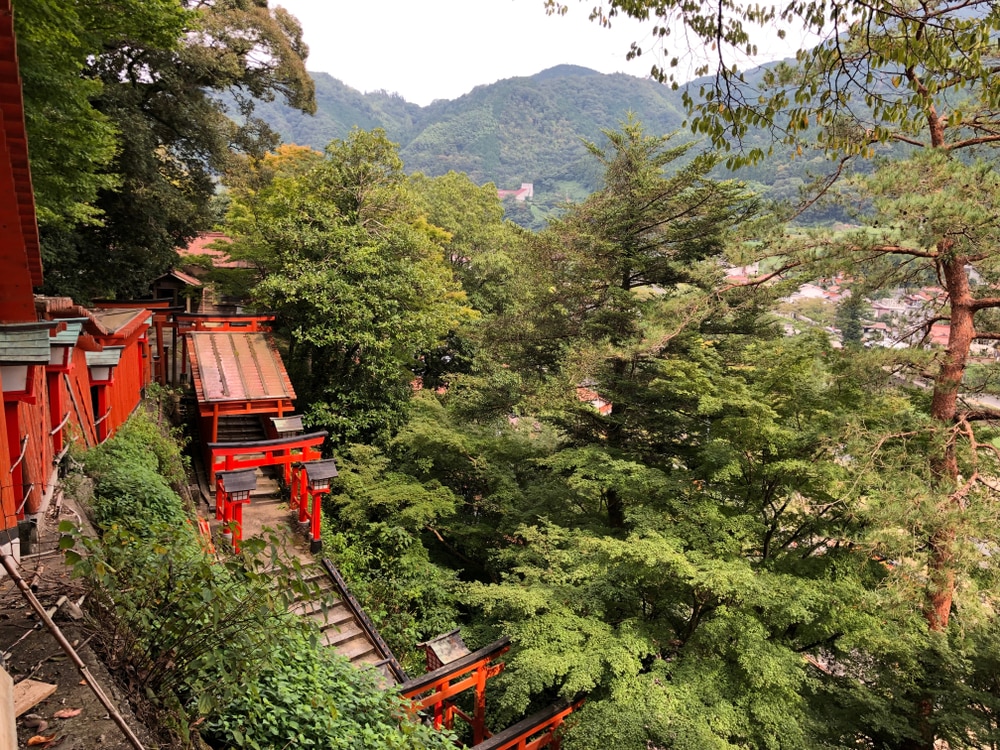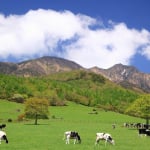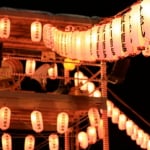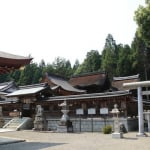Photo by Applepy/Shutterstock
The Top 10 Things to Do in Shimane Prefecture, Japan’s Best-Kept Secret
If you're feeling overwhelmed by the crowds in Osaka, Tokyo and Kyoto, escape to Shimane Prefecture and enjoy your own private slice of paradise. Shimane is Japan's least-visited prefecture among foreign tourists, but this quiet coastal region is brimming with beautiful beaches and mountains as well as cultural experiences and historic sites. These top ten attractions and places to explore can easily fill up a week long itinerary and then some.
table of contents
[x] close
The Top 10 Things to Do in Shimane Prefecture, Japan’s Best-Kept Secret
Oki Islands and the UNESCO Global Geopark
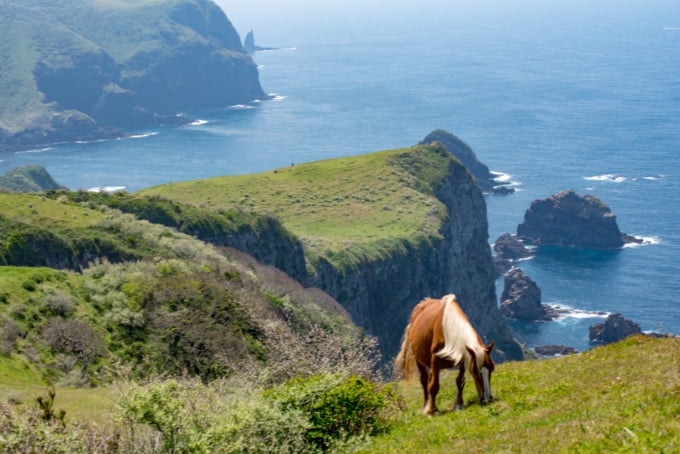
Photo by Little Panda2016/Shutterstock
Shimane Prefecture's many islands, located in the Sea of Japan, are designated as the Oki Islands UNESCO Global Geopark, which hopes to raise awareness and increase nature tourism to scenic places like the Sekiheki Cliff, Candle Island, the Akiya Coast and Matengai Cliff. The Oki Islands are mostly uninhabited, but are full of pristine beaches, scenic hiking trails and colorful flower parks and reserves. The remote Shimazu Island, just south of the larger island of Chiburijima, boasts campsites as well as a scenic beach and walking trail, while those feeling less adventurous can check out Nakanoshima's Rainbow Beach, the most-visited of all the island's beaches.
Adachi Museum of Art and Lake Shinji
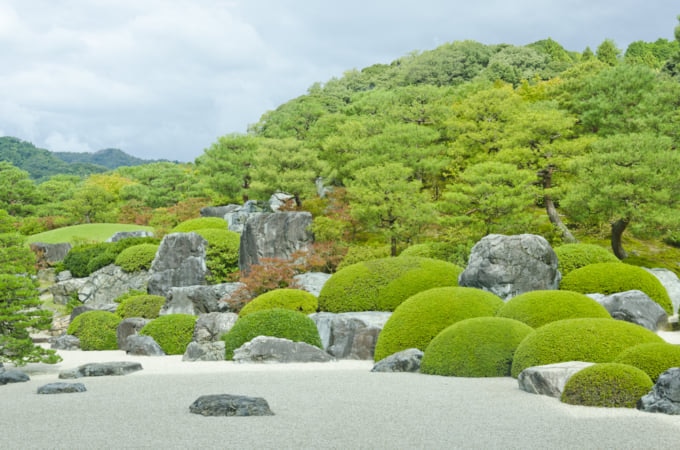
Photo by TJ/Shutterstock
Located within the precincts of Yasugi City on the banks of Lake Shinji, the Adachi Museum of Art is one of Japan's top art museums. The museum features a rotating collecting of contemporary Japanese artists, and the paintings of Yokoyama Taikan are particularly well represented. The elegant Japanese style gardens received the highest Michelin Green Guide rating of three stars. The museum's glass-walled lobby offers stunning views over the lake, and has become a popular spot to view the sunset in the evenings.
Tamatsukuri Onsen
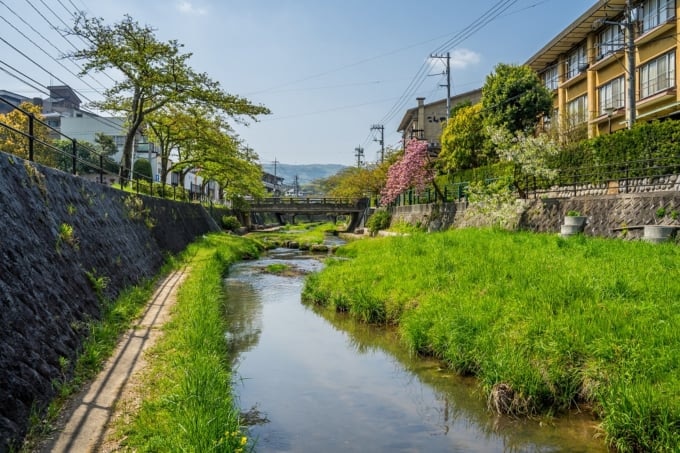
Photo by Takapon/Pixta
A thousand years ago, many believed that even the gods bathed in Tamatsukuri Onsen, so powerful are its healing powers and beautifying effects on skin. In order to find them, follow the Tamayu River from Lake Shinji into the mountains, eventually stumbling upon a quaint hot springs town with a retro atmosphere, lined with mature pine trees, resorts and day spas. Tamatsukuri is one of two celebrated onsen in Shimane, the other being Yunotsu, a UNESCO World Heritage Site.
Omoricho and the Iwami Ginzan Silver Mines
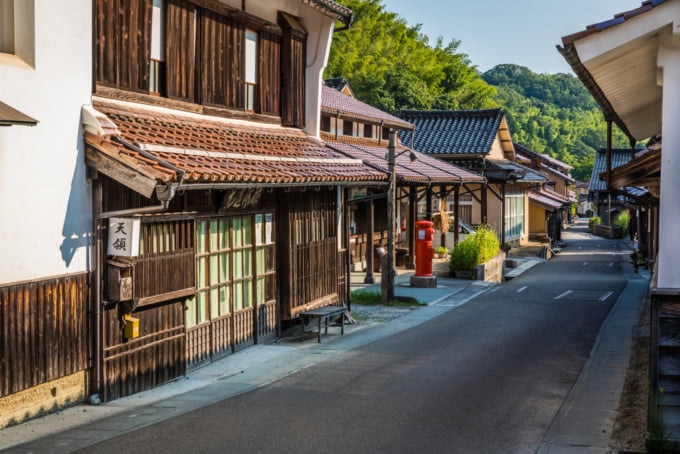
Photo by Faer Out/Shutterstock
Over 700 mine shafts tunnel beneath the Iwami region of Shimane Prefecture, a leading producer of silver during the Edo Period. In Omori, visitors can explore these mines and feel the chisel marks left by miners hundreds of years ago. The Iwami Ginzan Silver Mines and the nearby old town of Omori are UNESCO World Heritage Sites. Somewhere among the old wooden homes, the antique residence of a top silver trading merchant is flawlessly preserved, while others contain shops, museums and inns.
Rakanji Temple and the Gohyaku-rakan
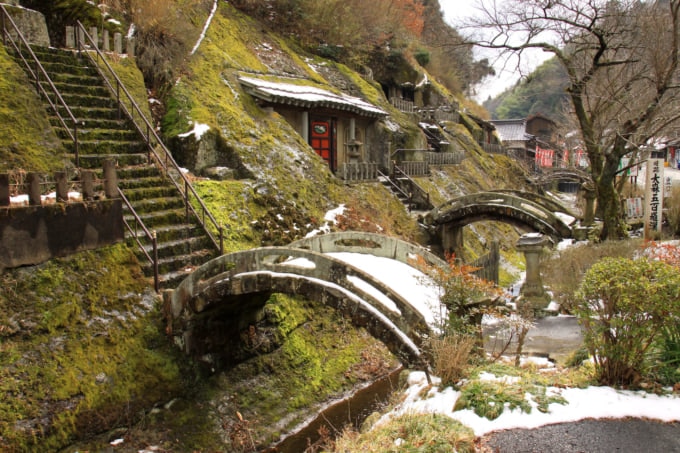
Photo by Blue Daisy/Pixta
Another of Omoricho's top attractions is Rakanji, a Buddhist temple carved into the mountainside which has remained unchanged for nearly 300 years. The complex consists of a network of caves, steep stairwells and ancient stone bridges, unlike any other temple in Japan. Inside the caves are the Gohyaku Rakan or '500 Rakan', Buddhist believers who have achieved Nirvana. Each of the statues has a uniquely carved face and expression, and it is said that every person who visits will come upon the face of a lost loved one.
Inasa Beach (Inasanohama)
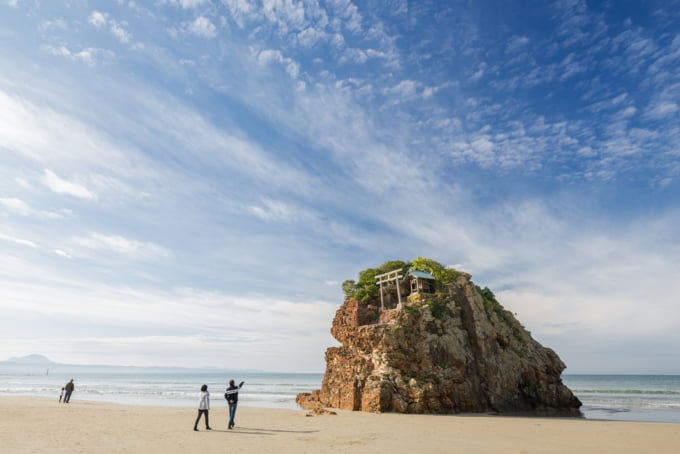
Photo by M Andy/Shutterstock
Inasa Beach is a sandy, welcoming beach not far from Izumo's other celebrated attractions surrounding Izumo Taisha. One of the beach's most striking features is the enormous, jagged rock formation with a tiny shrine perched on its edge. This is a shrine dedicated to Benzaiten, often shortened to just Benten, the goddess of wisdom, water and protection. Each November, people from all over Japan come to see the spectacular week long festival which welcomes the gods to Izumo Taisha Shrine.
Izumo Taisha Grand Shrine and the Former Taisha Station
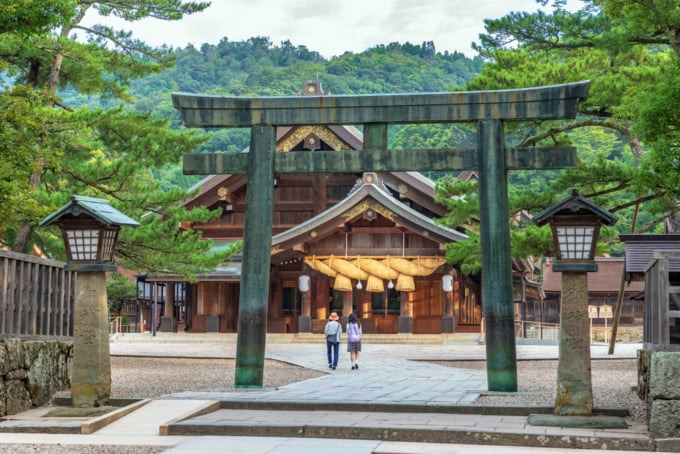
Photo by Mtaira/Shutterstock
Izumo Taisha, also known as Izumo Oyashiro, is one of the oldest and most spiritually important shrines in Japan. It was once believed that the gods gathered here once a year to decided the fates of lovers, and a time-honored festival beginning at Inasa Beach is still held to this day. The main halls and its surrounding buildings are National Treasures, and the prototypical example of the unique taisha-zukuri architecture, the oldest style of Shinto shrines.
Matsue Castle and Matsue Jozan Park
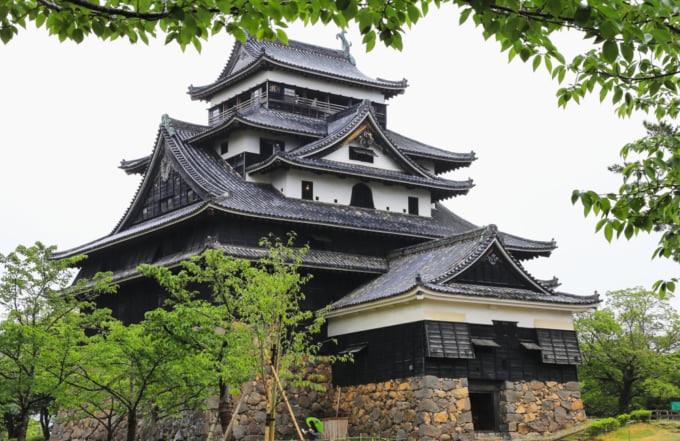
Photo by Terimma/Shutterstock
Matsue City's grandest attraction is the beautiful Matsue Castle, nicknamed The Black Castle for its unique dark exterior. Designated as a National Treasure of Japan, it's one of the few original castles in Japan and certainly one of the oldest, with construction of the keep dating back to 1611. Today, the castle's defense moat is used for leisurely boat rides. The park surrounding the castle is beautiful in any season, with groves of cherry trees and Japanese plums (ume).
The Traditional Atmosphere and Historic Streets of Matsue
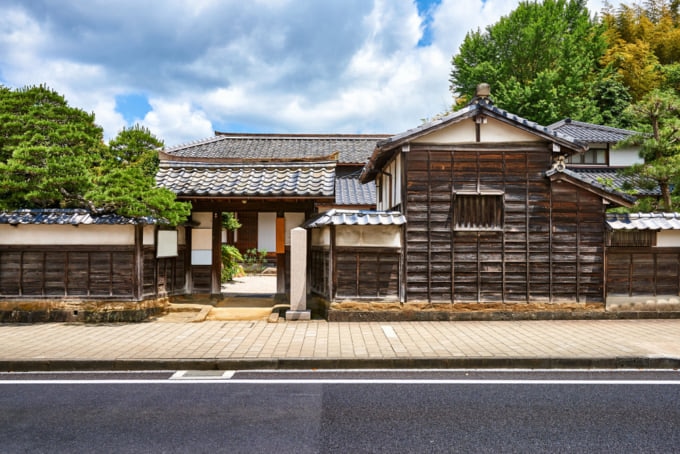
Photo by Vladimir Zhoga/Pixta
Before heading straight to the ancient castle looming over the city, take some time to enjoy Matsue's other historic attractions. Discover the history of the Japanese tea ceremony at Tanabe Art Museum, where Teahouse Meimei-an seves up wagashi and tea on the hill behind the castle. The well-preserved homes and residences on Shiomi Nawate Street once belonged to middle-ranking samurai sworn to protect the castle and their lord.
Tsuwano
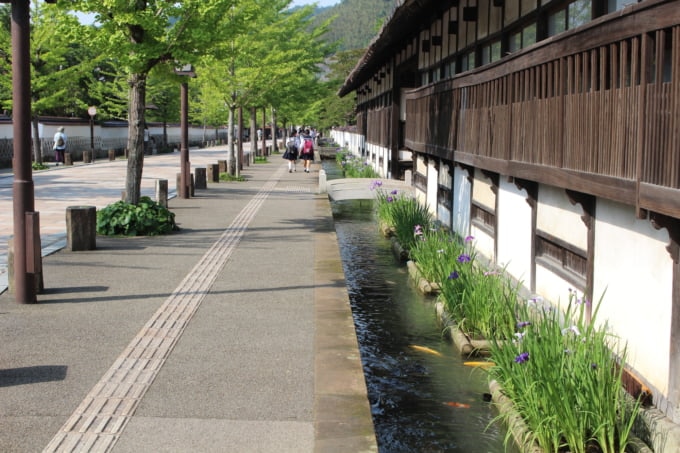
Photo by C6210/Pixta
The peaceful castle town of Tsuwano is located on the western edge of Shimane Prefecture, where the Aono Mountains create a natural border with Yamaguchi Prefecture. Visitors can stroll through Tsuwano Old Town and Tonomachi-dori, where the interlacing waterways are filled with dancing koi and the streets lined with old breweries, merchant houses and traditional shops. Be sure to visit the Taikodani-Inari Jinja on the way to see the castle ruins, where one thousands torii gates signal the departure from the profane realm to the spiritual one.
In Conclusion
Just a short bus trip from Hiroshima Prefecture, pushed up against the Sea of Japan, Shimane Prefecture is the ancient heart of Japanese Civilization, where excavations of the Jomon Period (14,000 BC) are at their most plentiful. The region's many historic sites and ancient shrines are well-known among Japanese, but very few visitors from overseas come to enjoy them. Come and explore this little-known region of Japan, and enjoy a holiday you will never forget.
